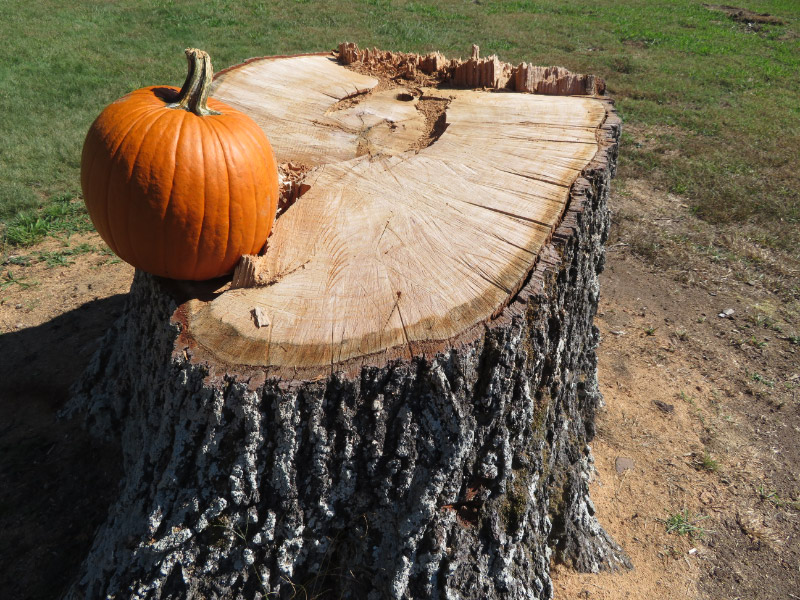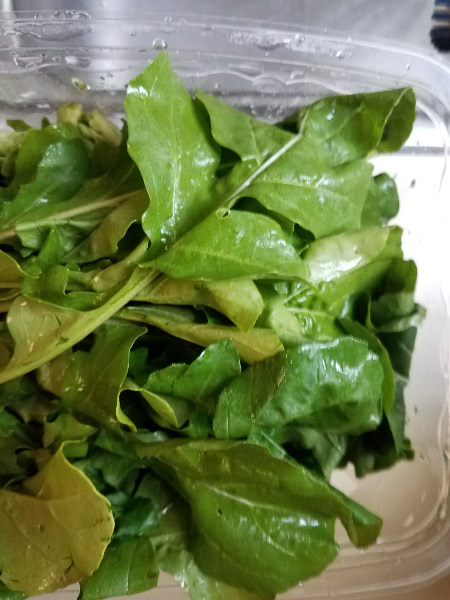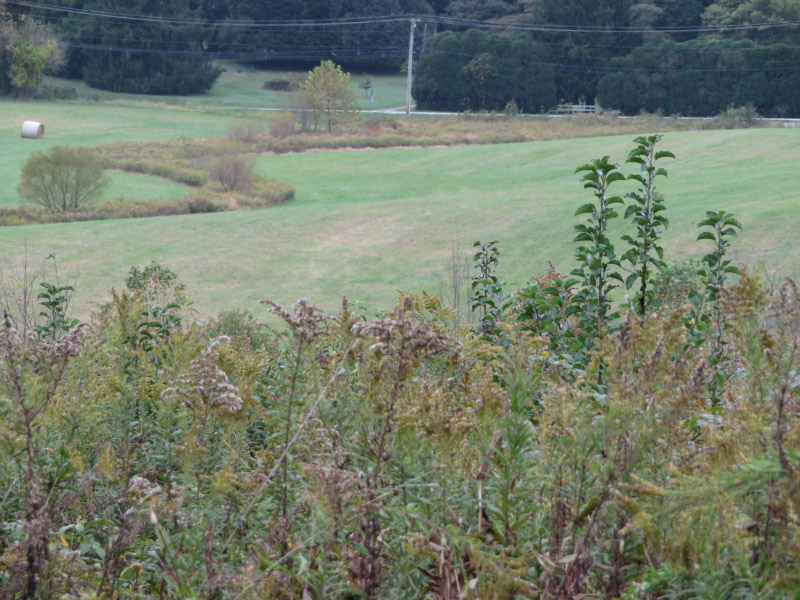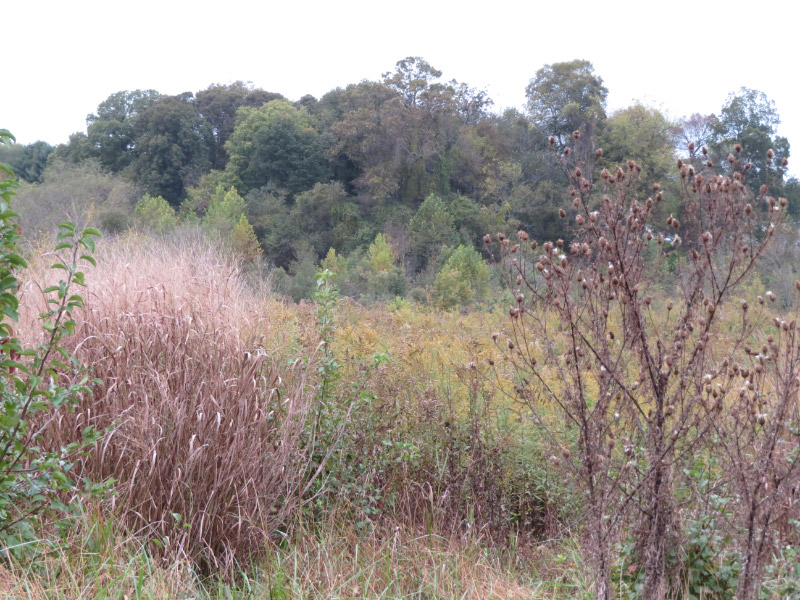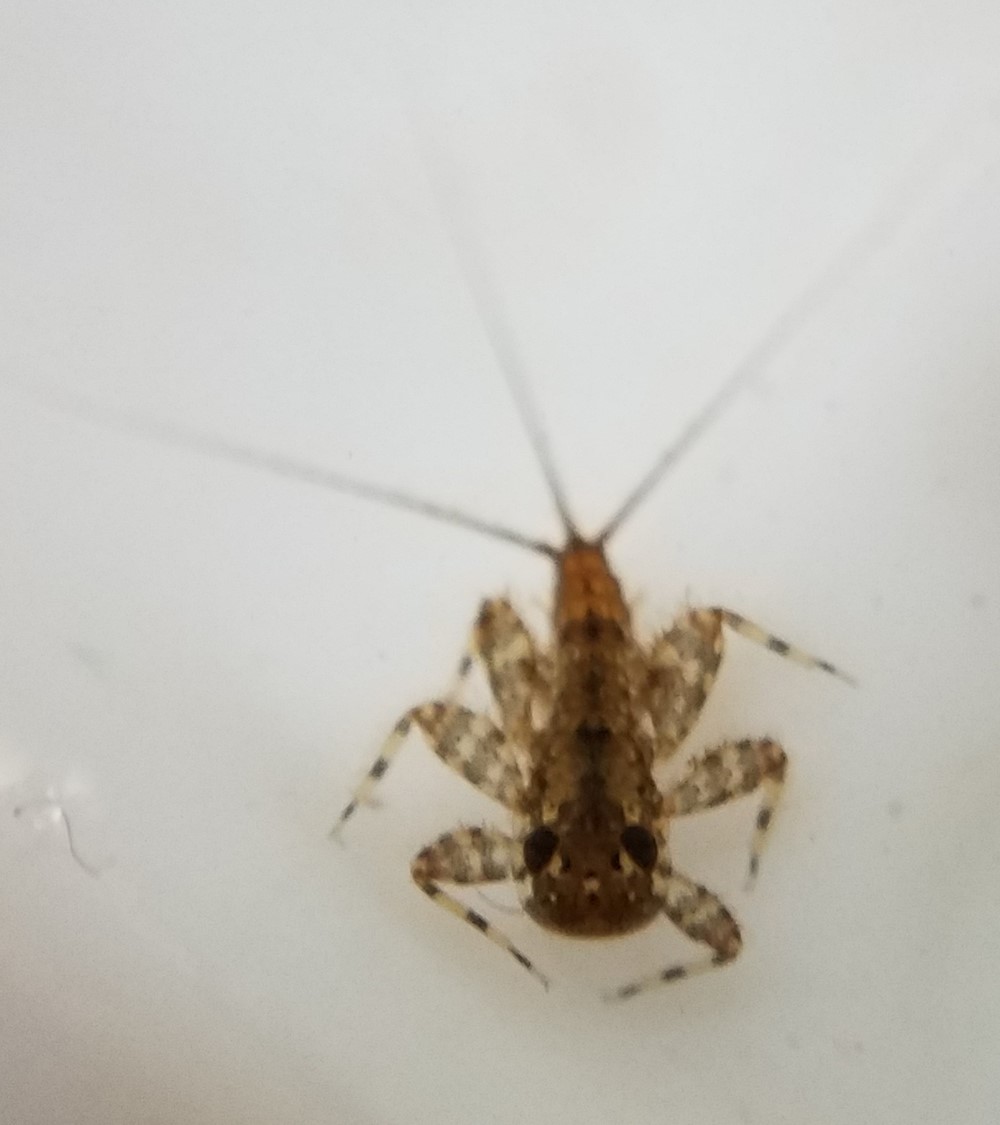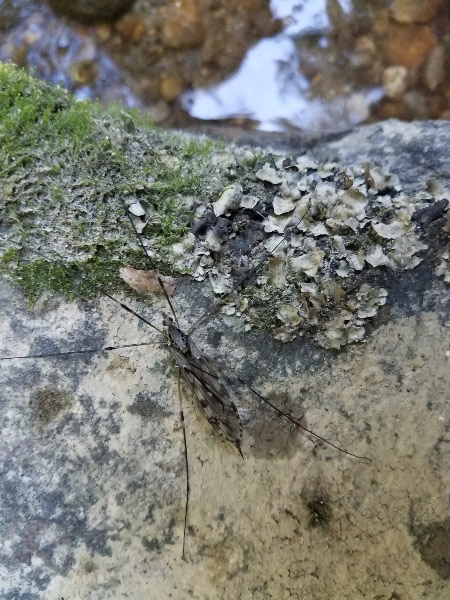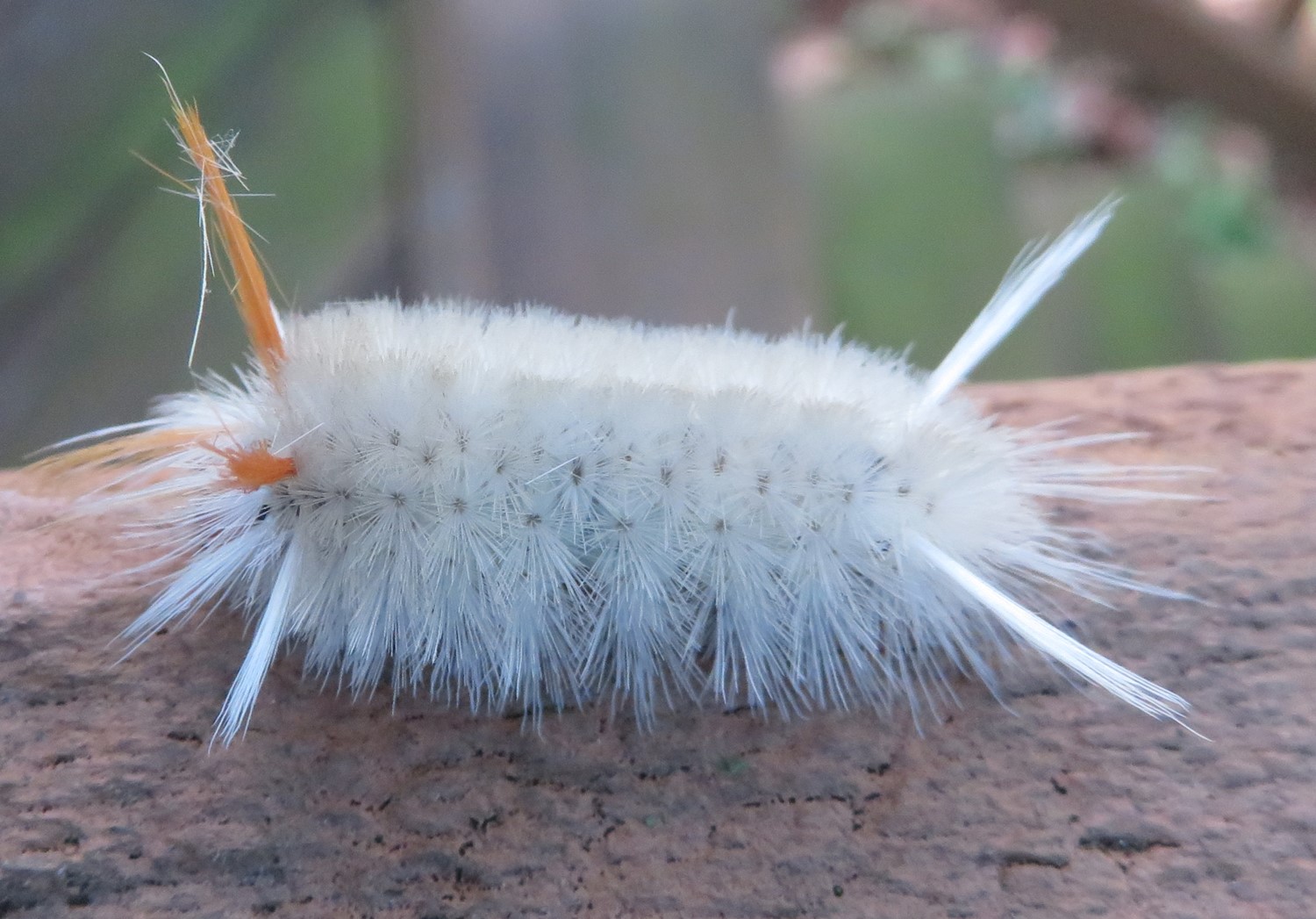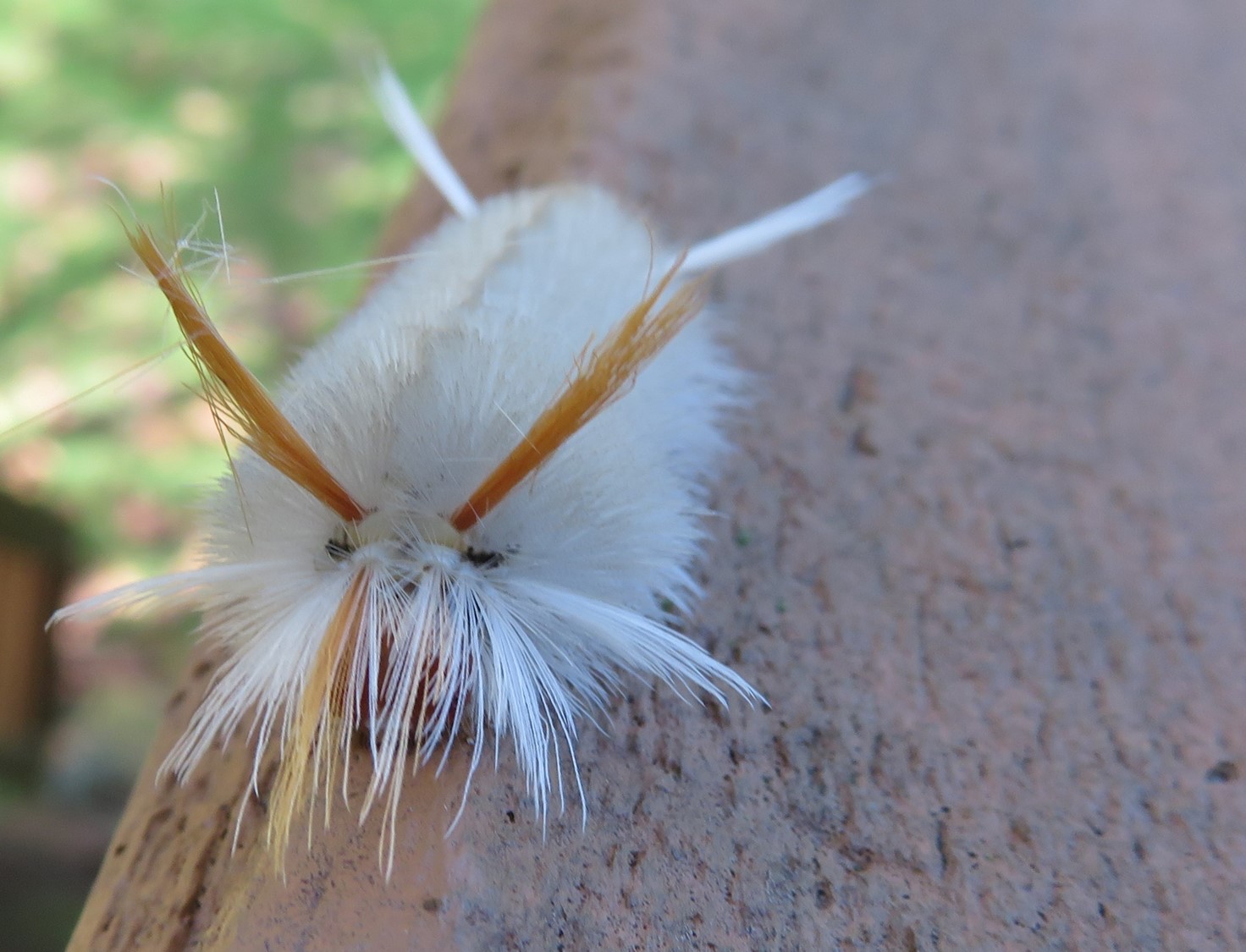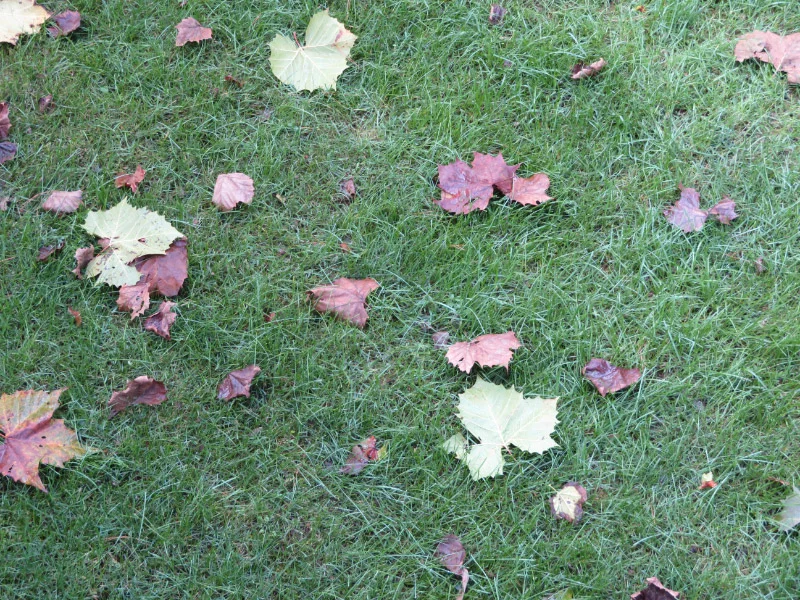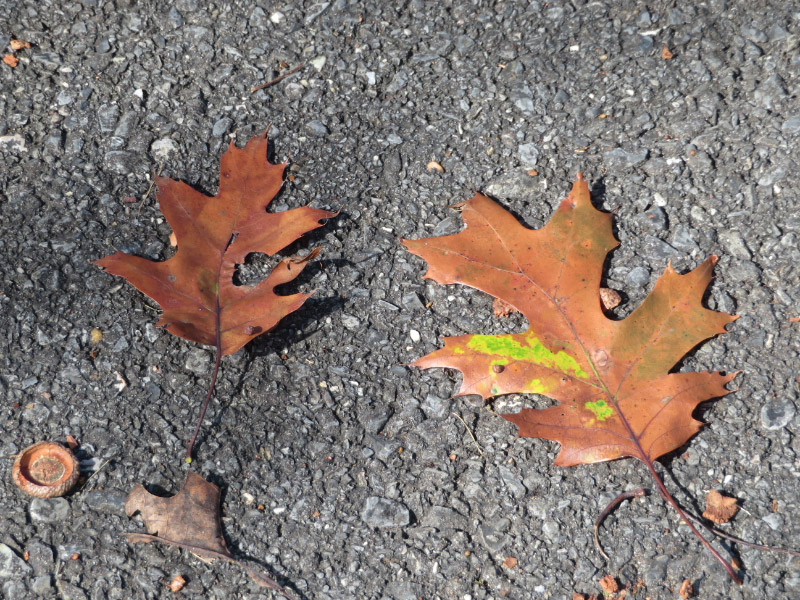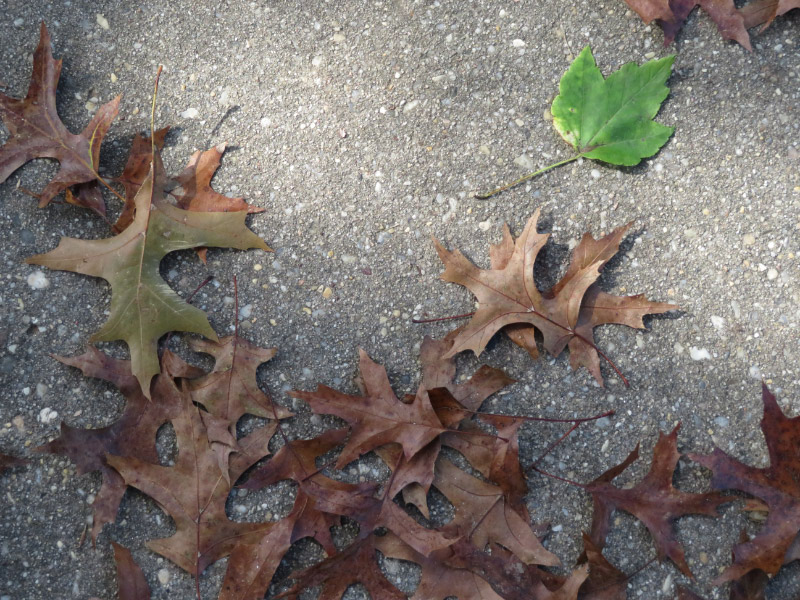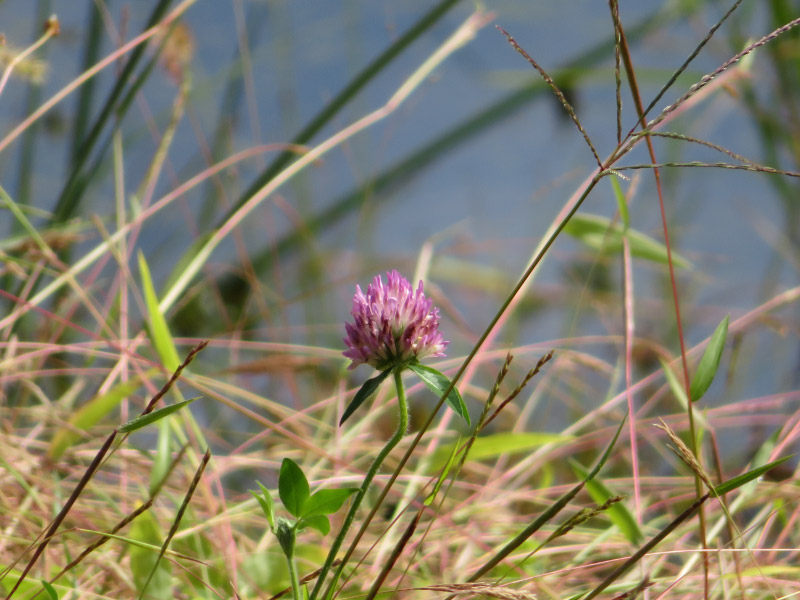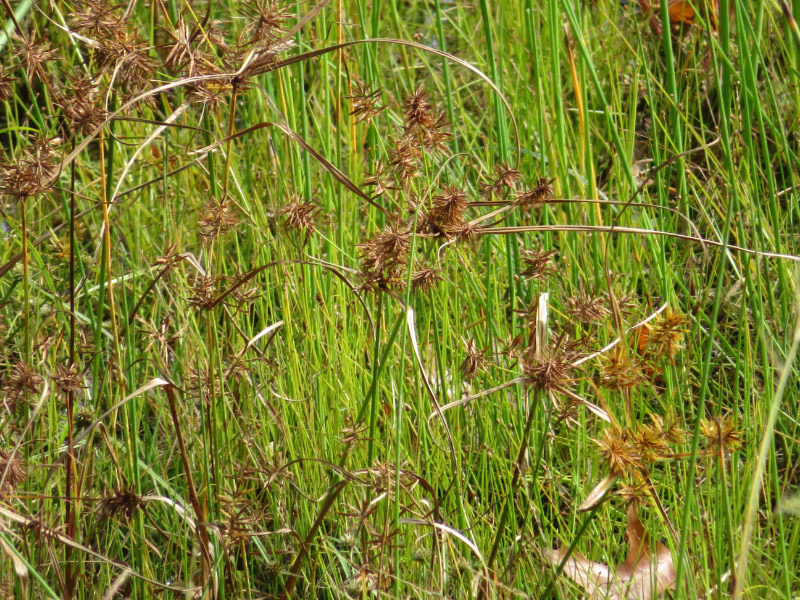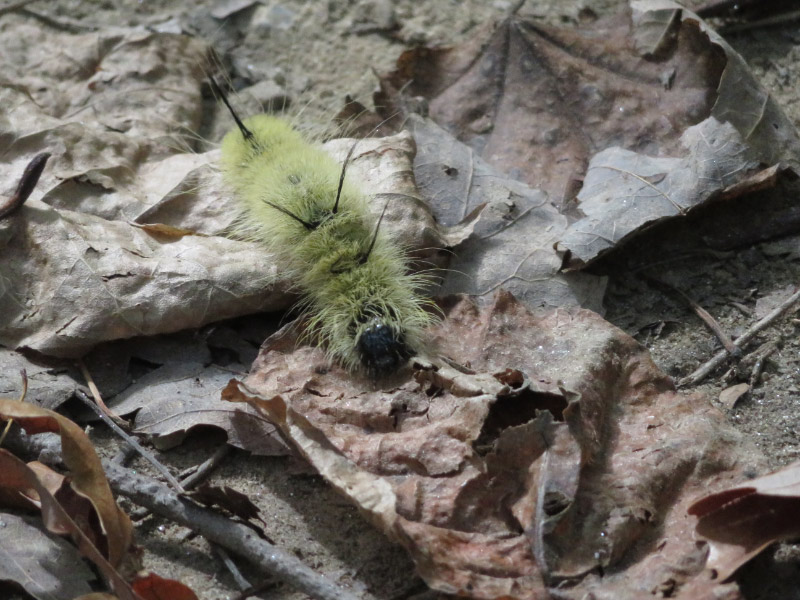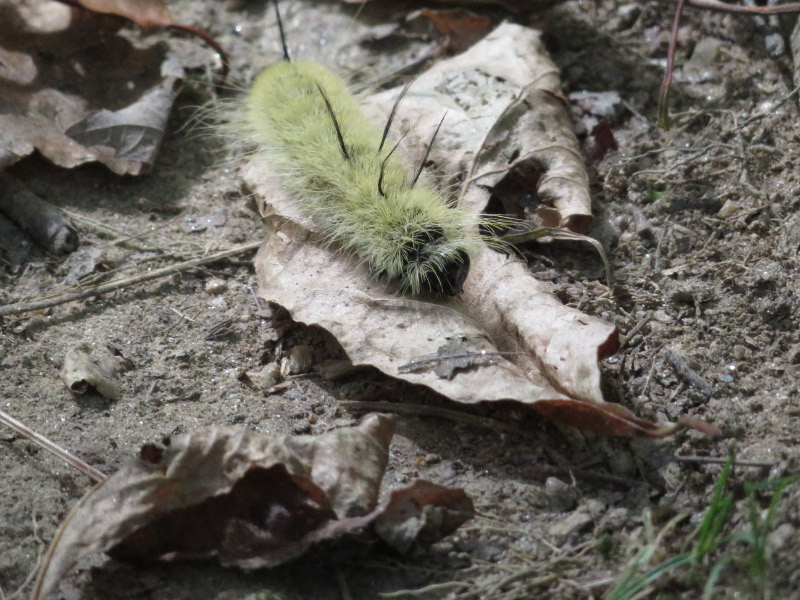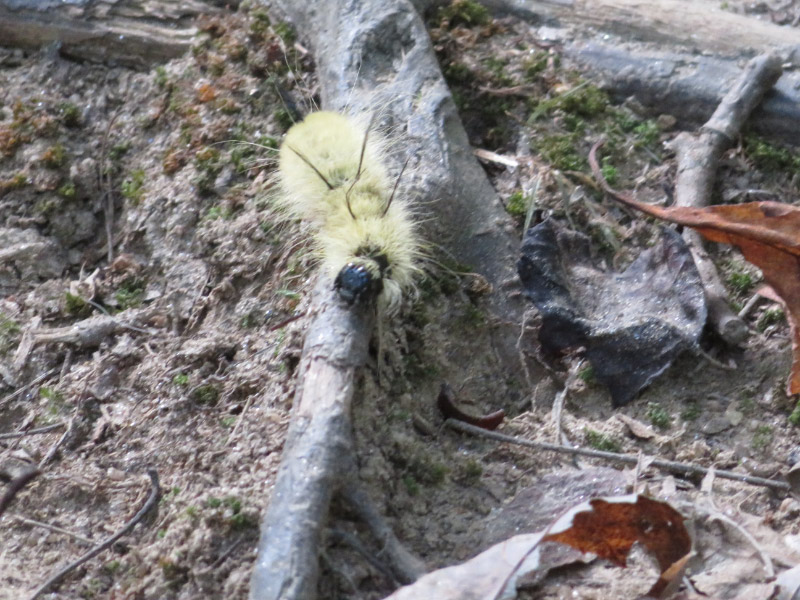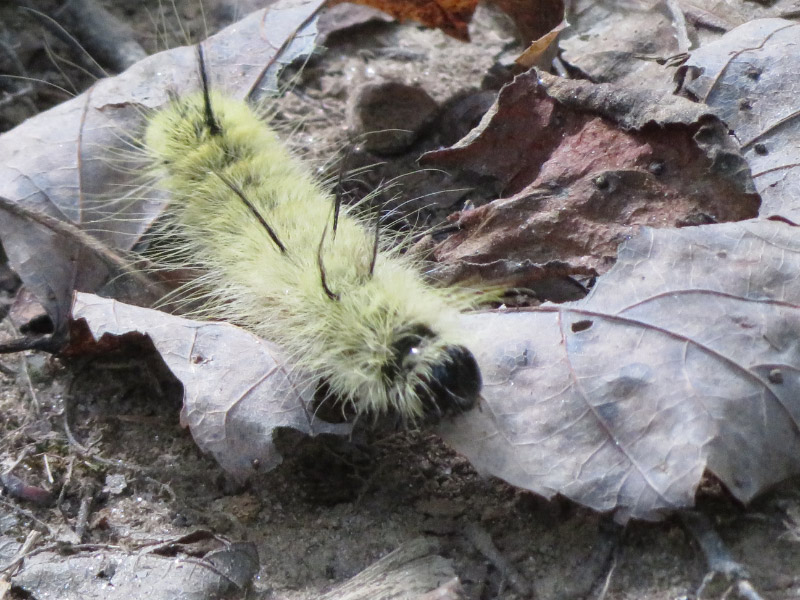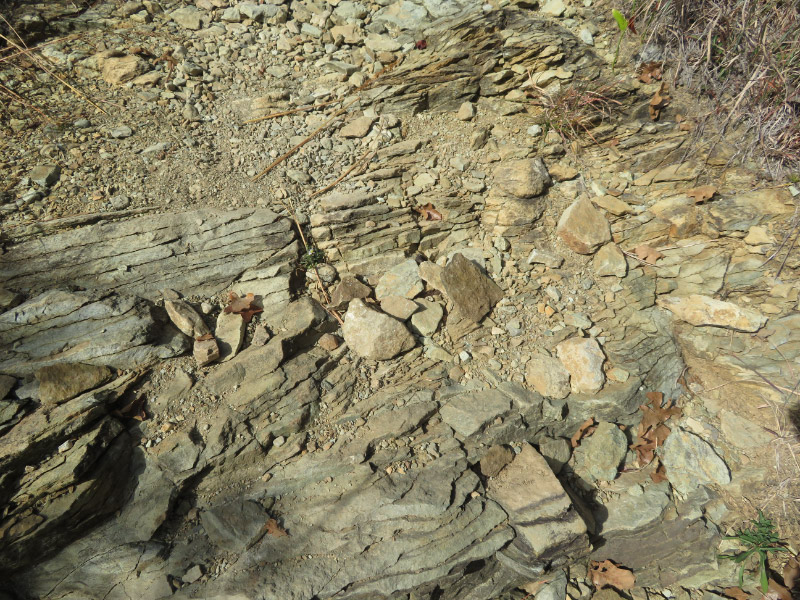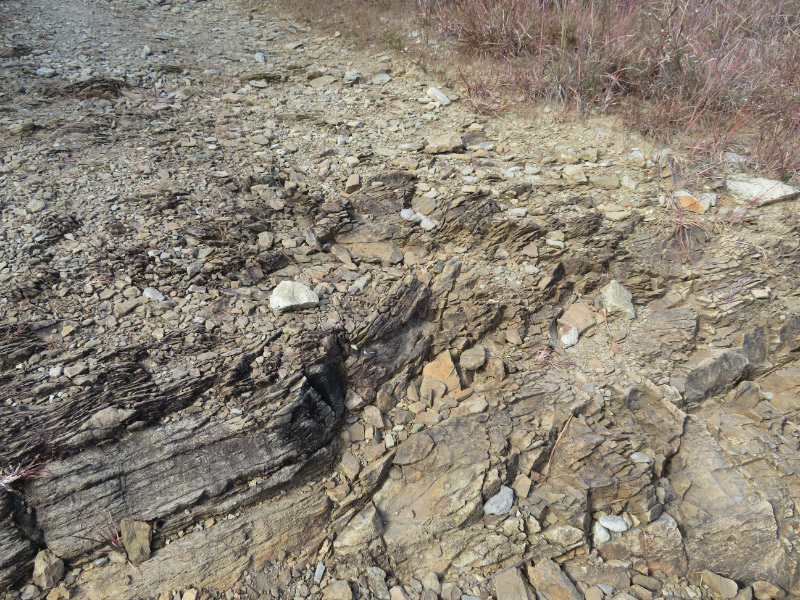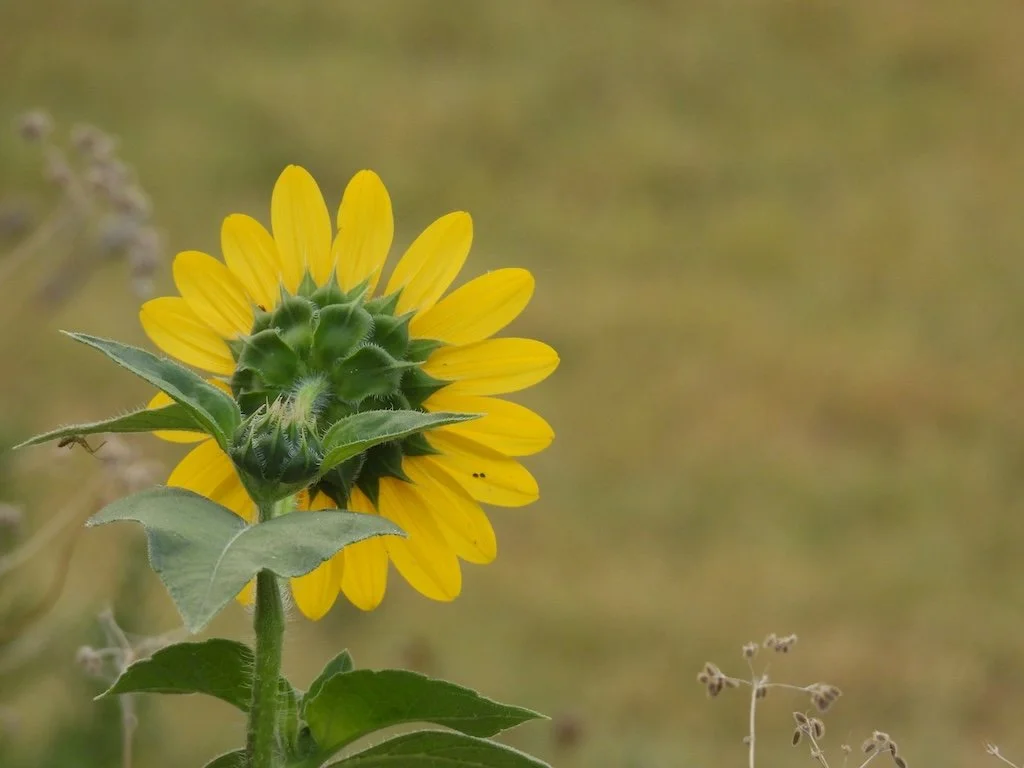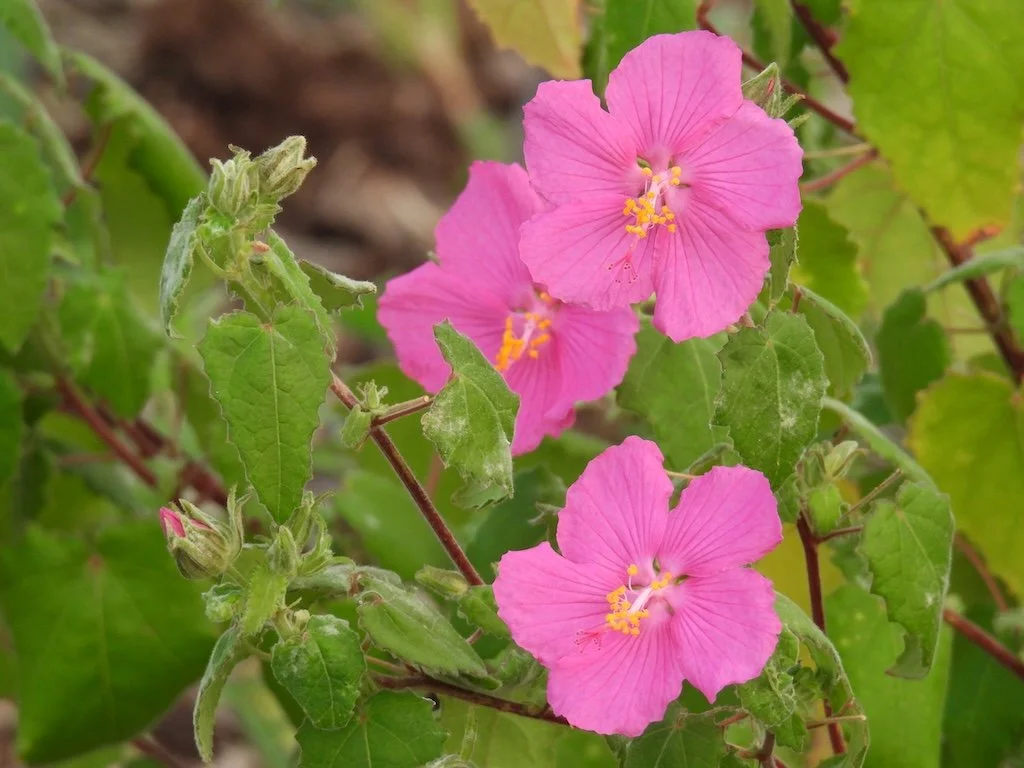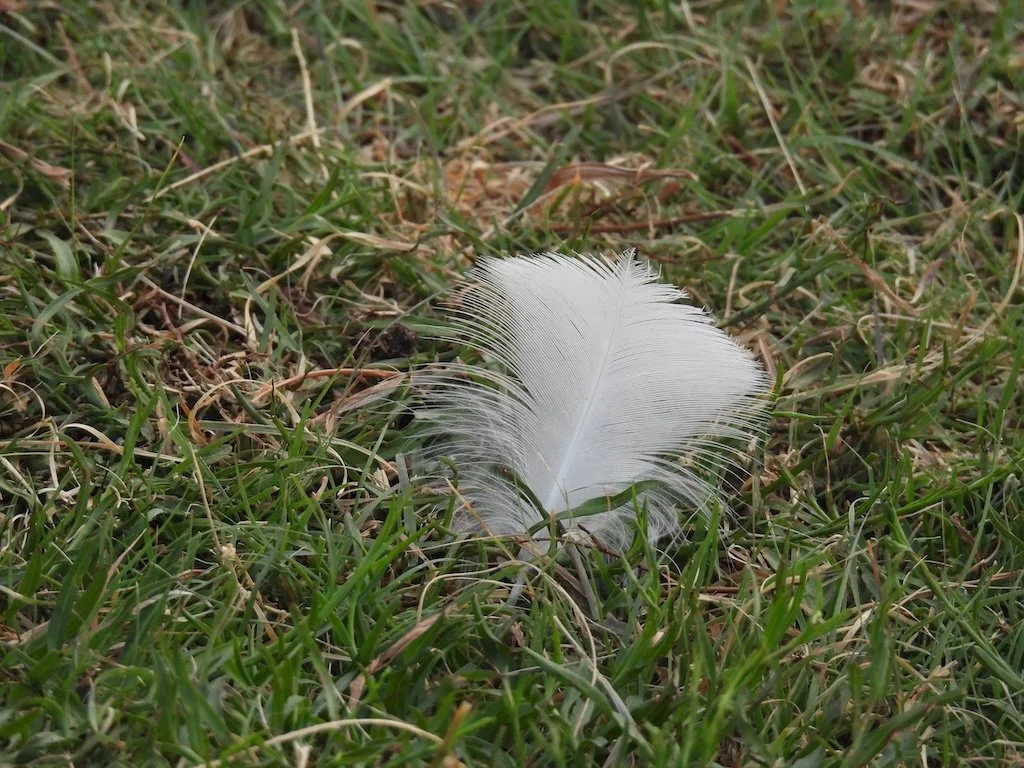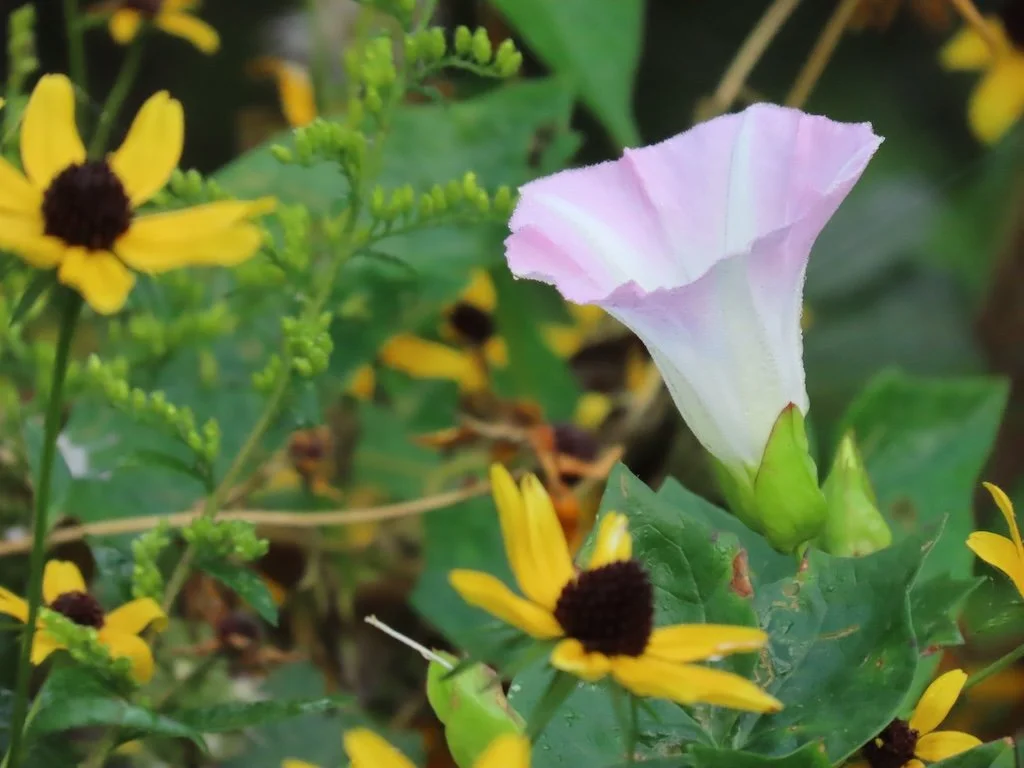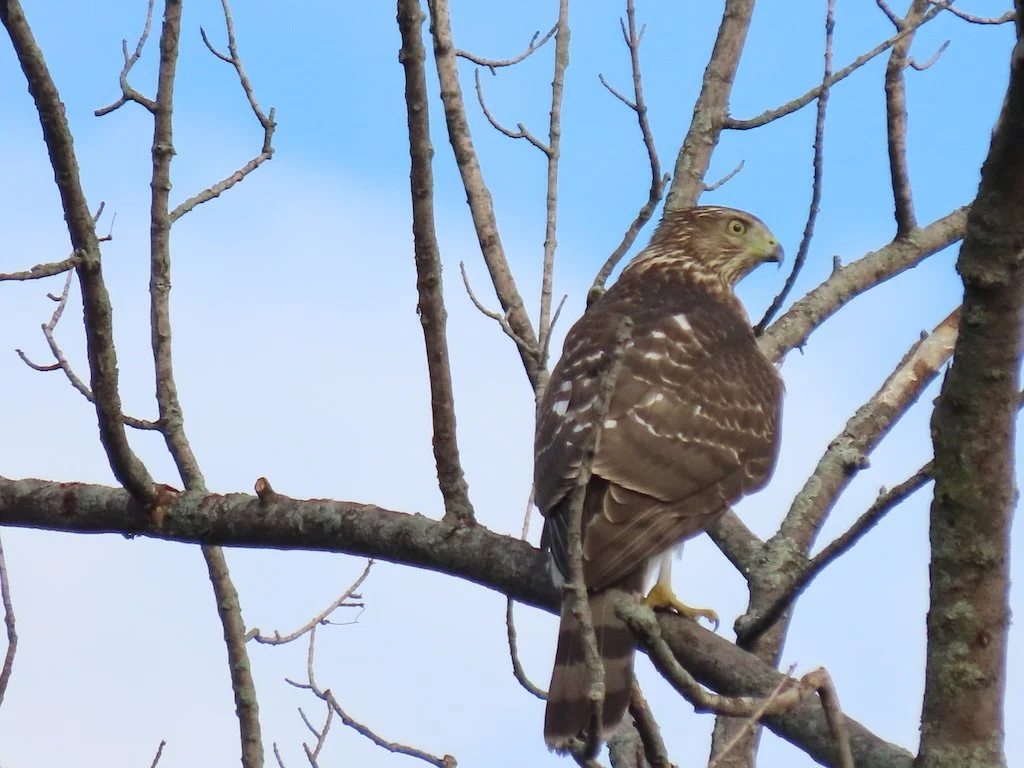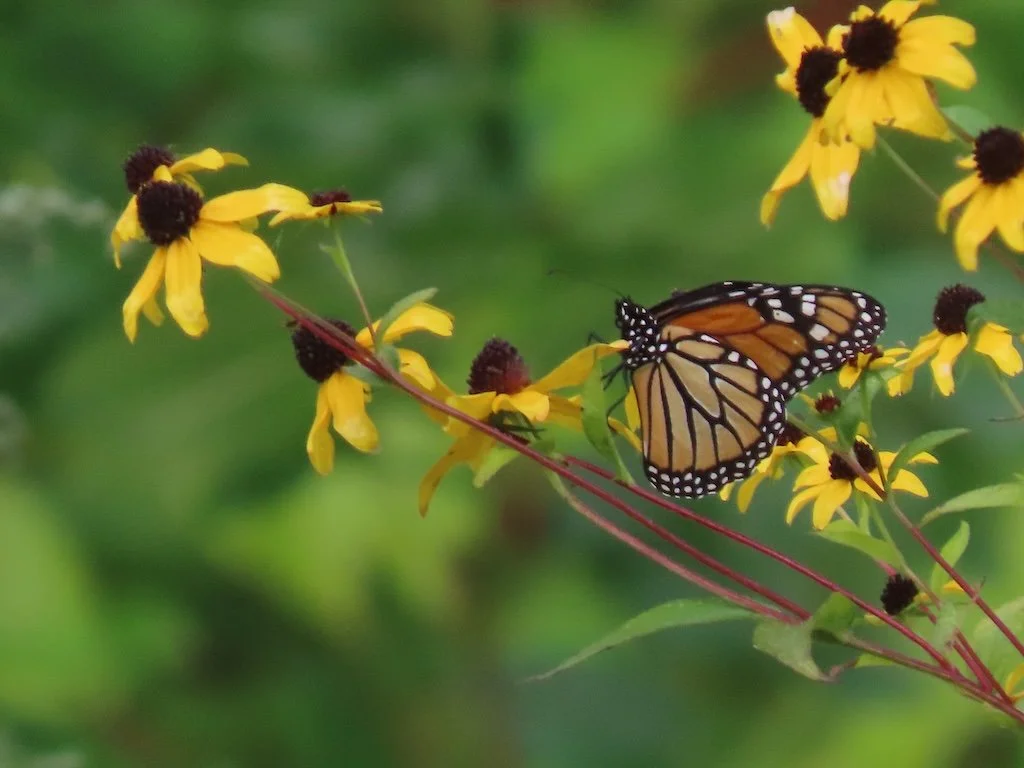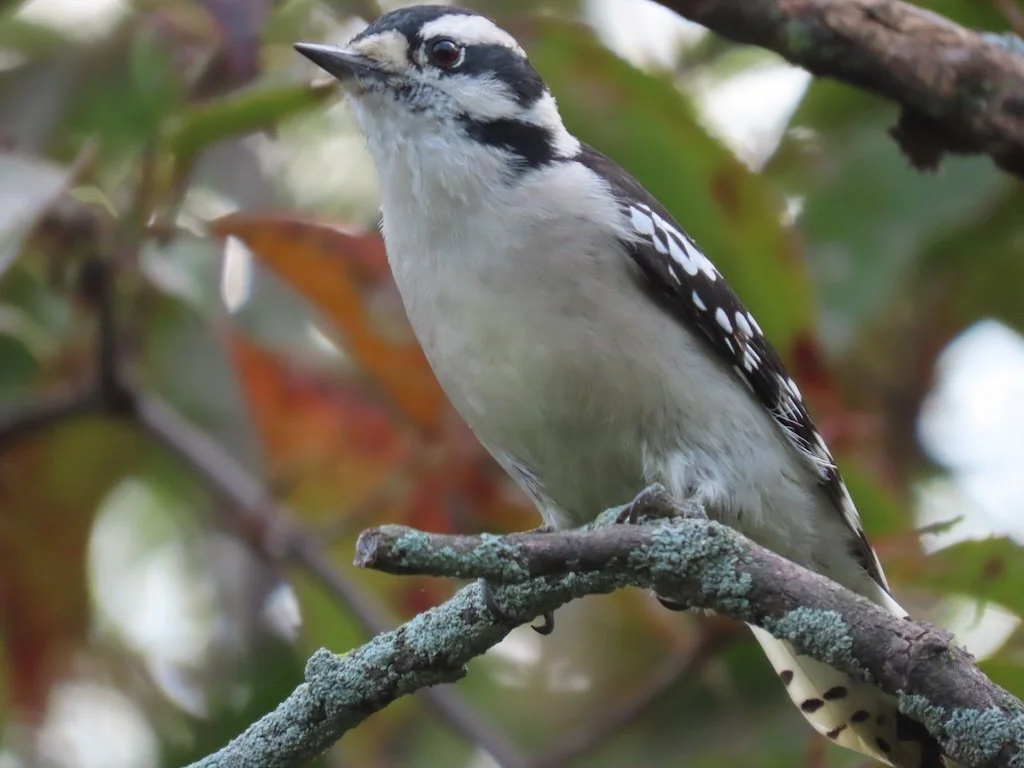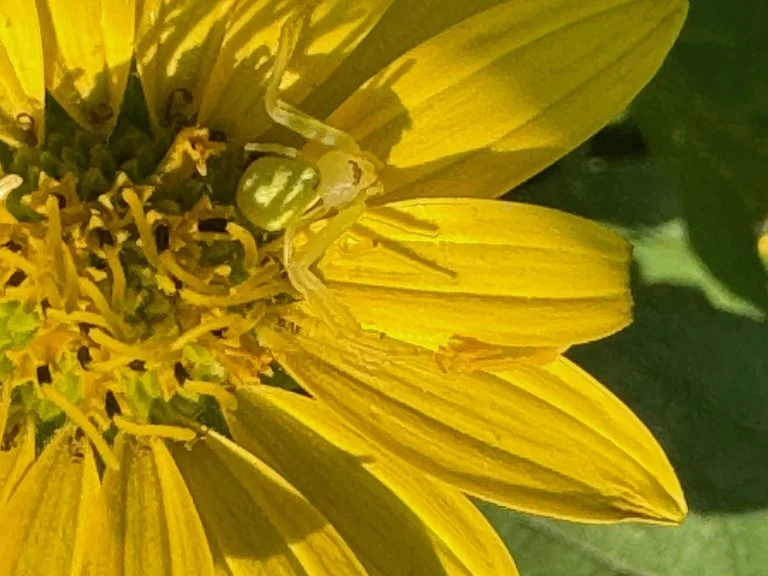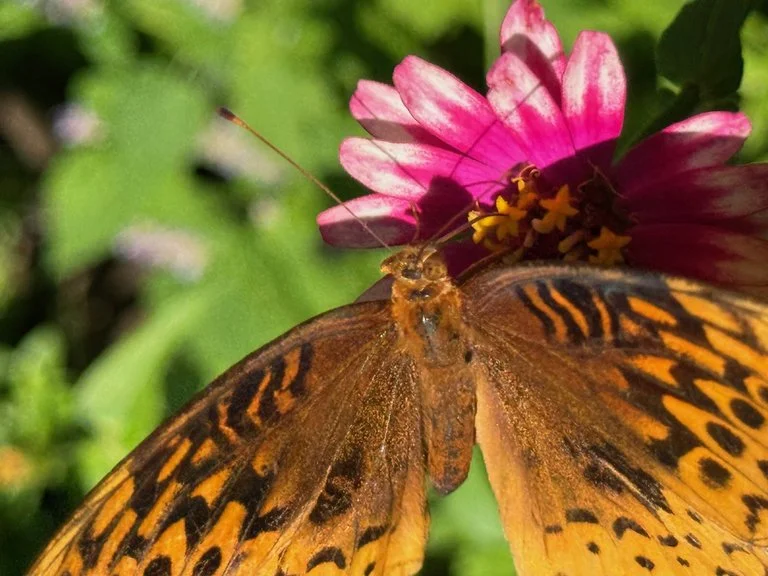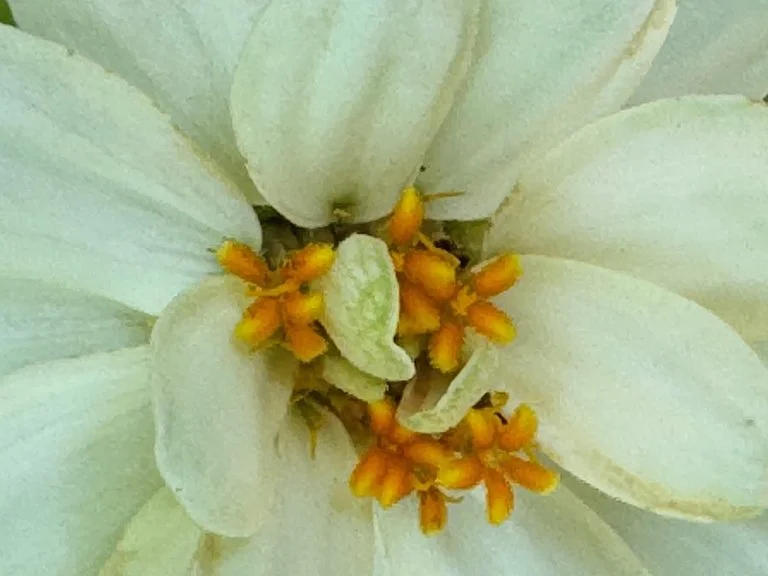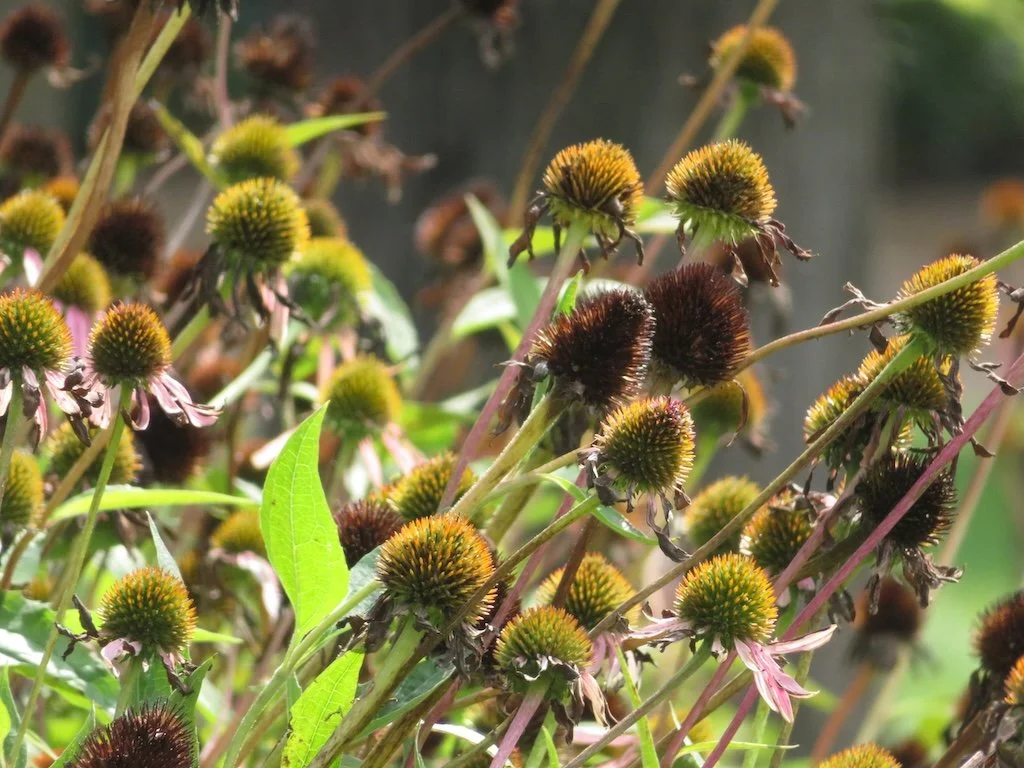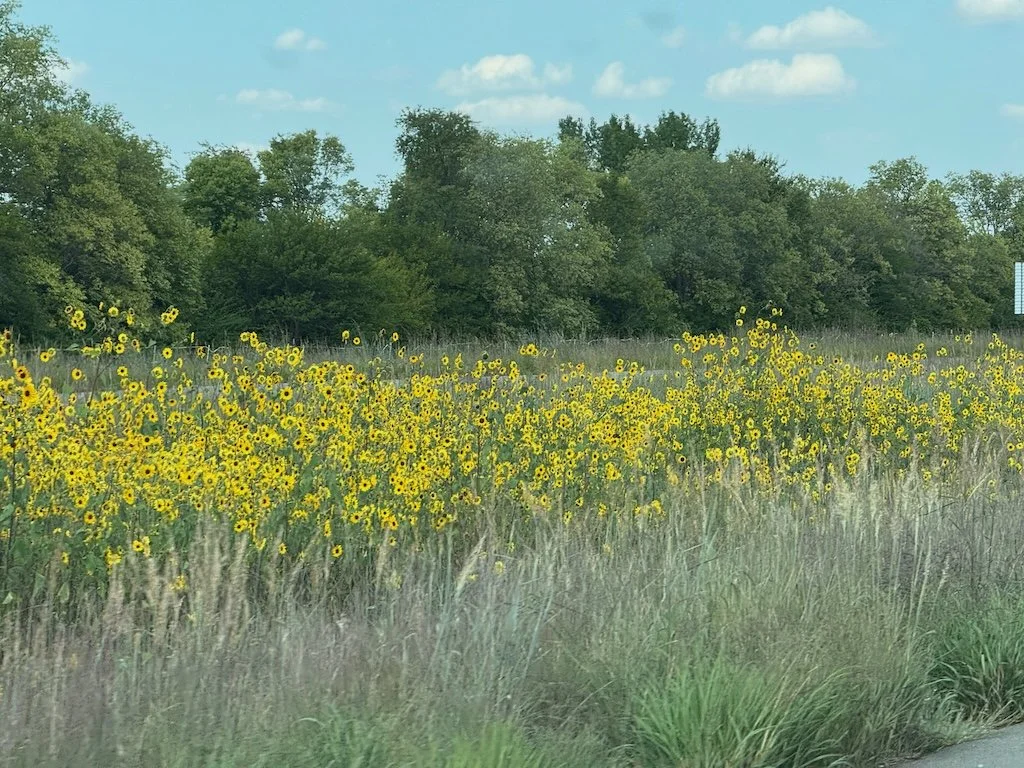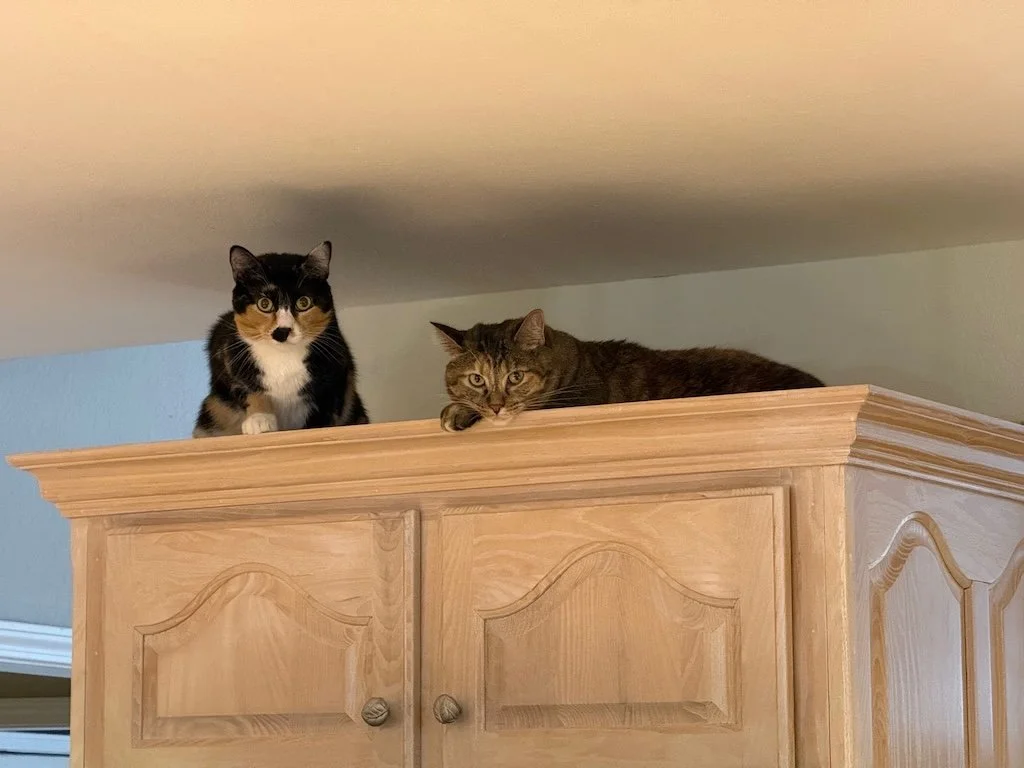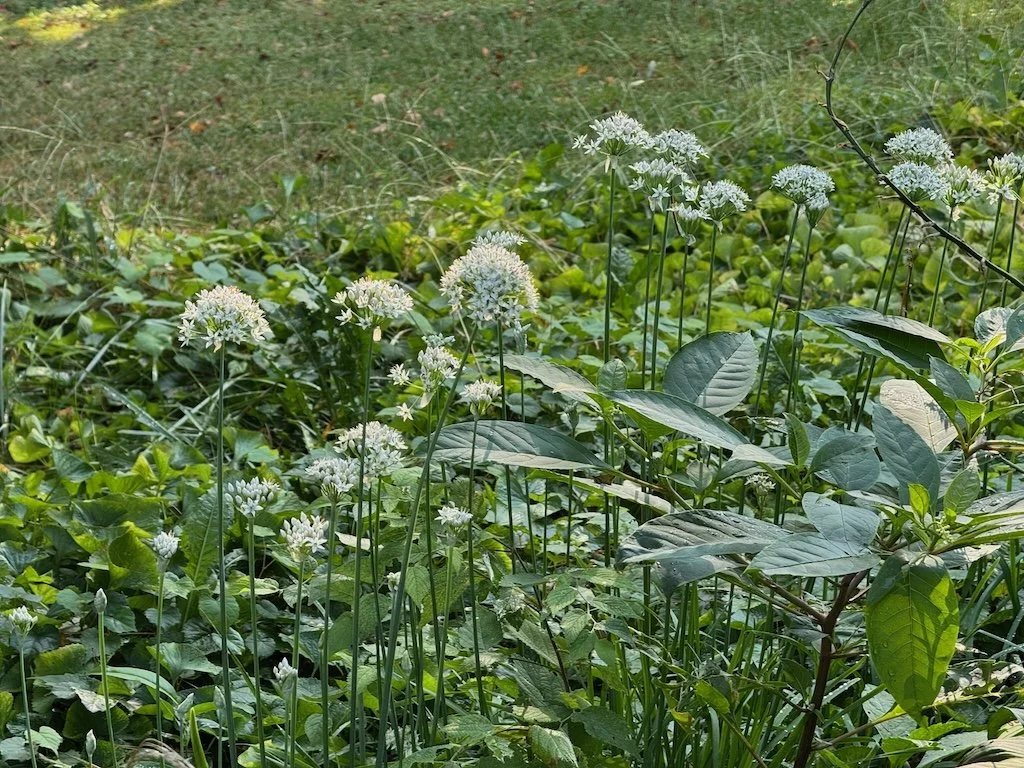It’s been a little over five years since my time shifted abruptly from being driven by paid career work to being driven by me alone. As I converted my 5 years of blog postings from Squarespace 5 to Squarespace 7, I thought about how things have changed for me over those years.
In the beginning, I felt very much like I did in my early 20s…that there were so many things I wanted to do and I just need to make some choices about what to do first. I was almost giddy with excitement but stressed by the newness of the choices I was making. The rhythm of writing the blog every day helped me overcome some of the discomfort of so many new things happening.
Coursera became available and I busied myself taking online courses. It was indulging the student in me that never grew up!
My husband and I did a little more travelling than before but that did not make as much impact on our lives as the aging of our family (hospitalizations, cross country moves, etc.). I was much more available to help as needed – and often that meant some traveling.
Volunteer work was always something I thought I would do but I did not anticipate 5 years ago that I would return so strongly to the focus of my (long ago) undergraduate degree: biology. Once I started being a volunteer naturalist for elementary school field trips with the Howard County Conservancy the ball just kept including more: Master Naturalist Training, Middle School BioBlitz, High School Stream and School Yard Assessments, pre-school nature programs, nature photography with summer campers and then, just this past summer, Brookside Gardens’ Wings of Fancy flight attendant. So far – once I’ve started doing something, I’ve kept doing it although I am probably close to capacity at this point. If I decide to start a new volunteer endeavor, I might have to stop something else.
I do more ‘art’ type activities that I did before – Zentangle and collecting of botanical/butterfly prints and photography. I still read quite a lot but I enjoy the pictorial books too. I spend more time with visual arts that I did earlier in my life.
Overall – I’ve noticed the change in myself…less feelings of stress…more joy. The pace of life has stabilized to be just right!






